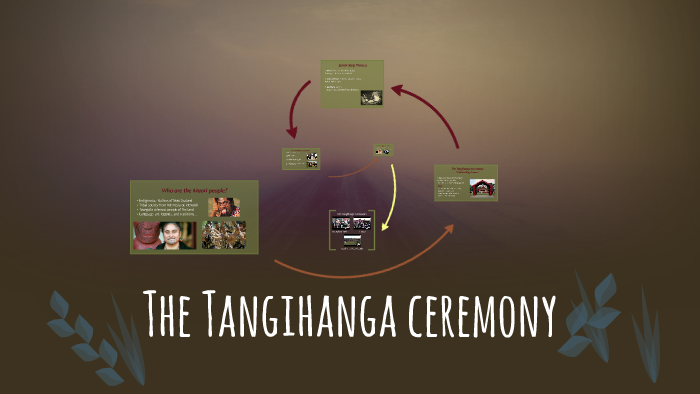
Manawa wera haka were generally associated with funerals or other occasions involving death. The movements are very free, and each performer is expected to be expressive of their feelings. Another kind of haka performed without weapons is the ngeri, the purpose of which was to motivate a warrior psychologically. The tūtū ngārahu involves jumping from side to side, while in the whakatū waewae no jumping occurs. Jackson and Hokowhitu state, "haka is the generic name for all types of dance or ceremonial performance that involve movement." The various types of haka include whakatū waewae, tūtū ngārahu and peruperu. Hyland comments that "he haka is (and also represents) a natural phenomena on hot summer days, the 'shimmering' atmospheric distortion of air emanating from the ground is personified as 'Te Haka a Tānerore'". This was the haka of Tāne-rore, the son of Hine-raumati and Tama-nui-te-rā. Haka originated in the coming of Hine-raumati, whose presence on still, hot days was revealed in a quivering appearance in the air.

Following a creation story, the sun god, Tama-nui-te-rā, had two wives, the Summer Maid, Hine-raumati, and the Winter Maid, Hine-takurua. Origins Īccording to Maori scholar Tīmoti Kāretu, the haka has been "erroneously defined by generations of uninformed as 'war dances'", while Māori mythology places haka as a dance "about the celebration of life".

When performed by men, the haka features protruding of the tongue.


 0 kommentar(er)
0 kommentar(er)
